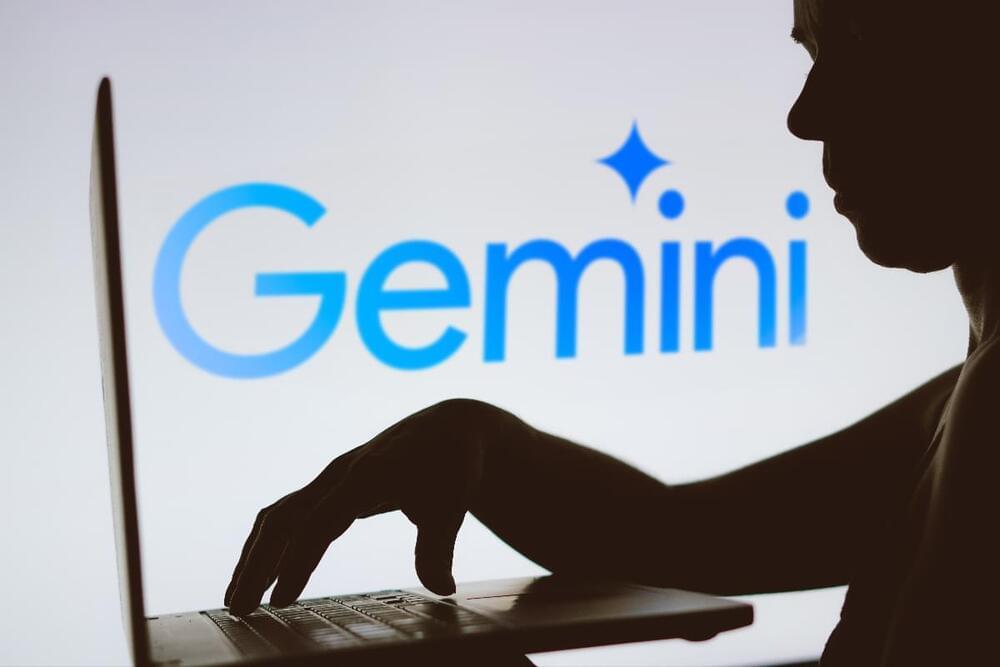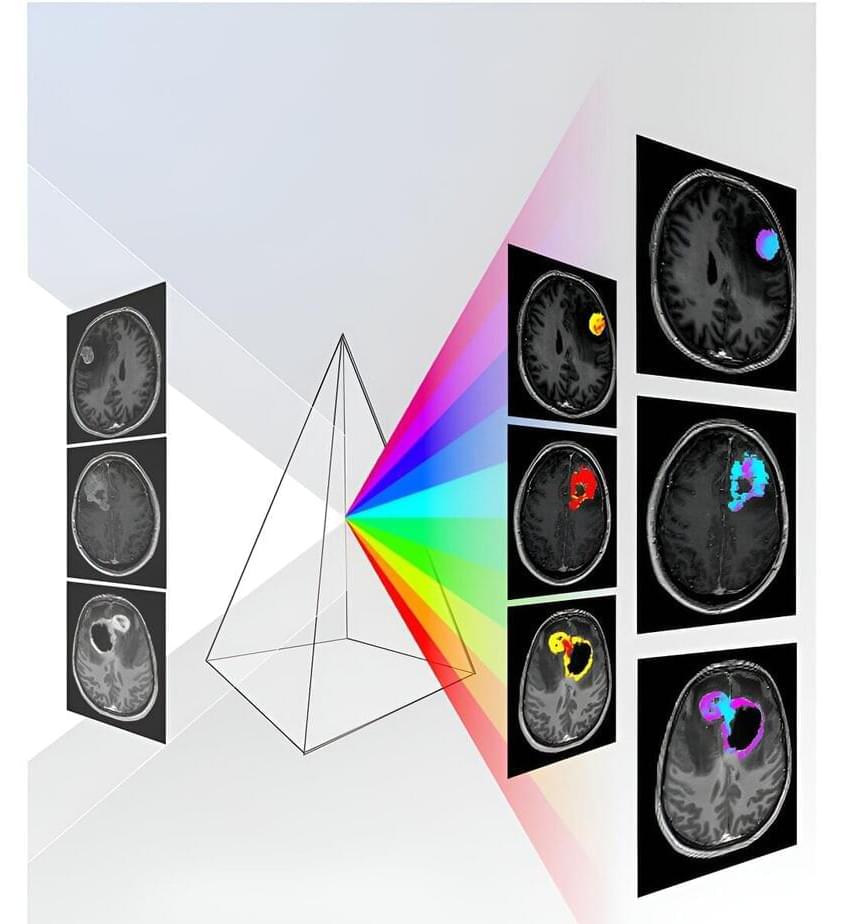Google announced a number of new features for Google Play listings for games, including AI-powered FAQs, displaying the latest YouTube videos, new immersive ad formats and support for native PC game publishing. The announcements were made at the Google for Games Developer Summit held in San Francisco.
As part of the announcement, the company is releasing new tools related to Play Store listings to attract more users. Developers can display promotions and the latest YouTube videos directly in their listings — they will be shown to users in the Games tab of the Play Store.
Google is also introducing support for AI-powered FAQs on the game’s information page in English. Currently, these features are rolling out to a limited set of developers. The company had been testing AI-generated FAQ answers on Play Store for non-game-related apps for some time.







